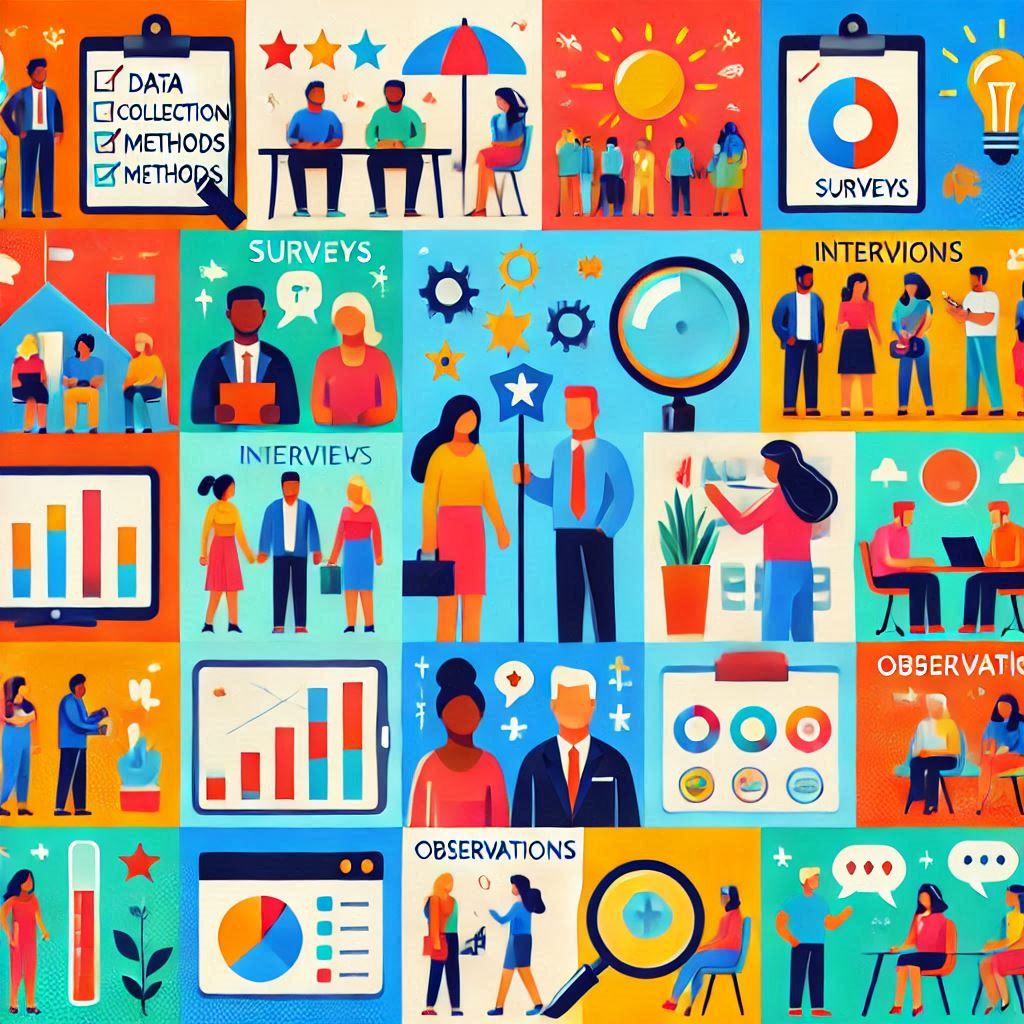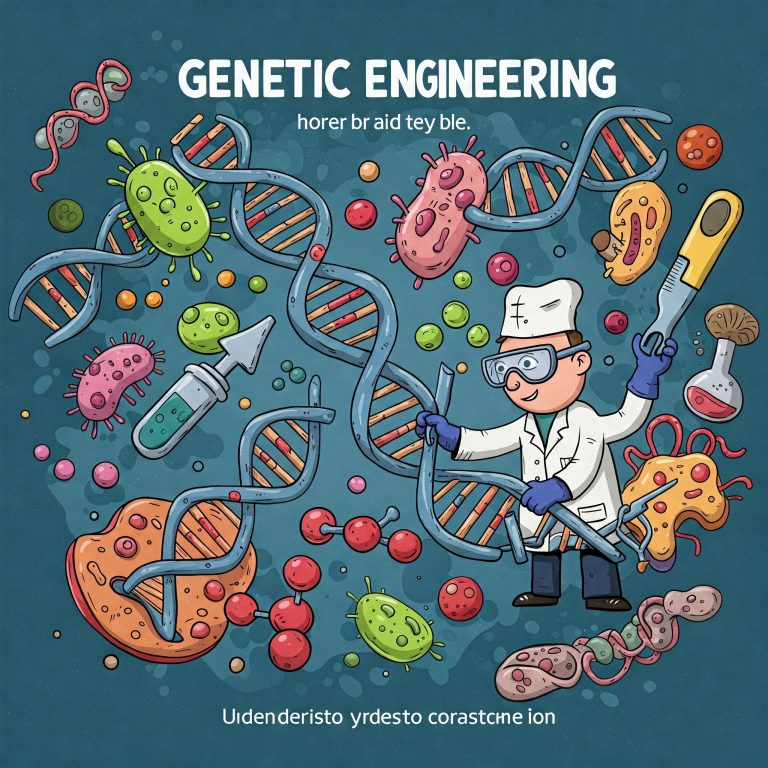
Introduction In today’s digital age, data is the new oil. It’s the lifeblood of businesses, driving decisions, optimizing processes, and uncovering hidden patterns. In this blog, we’ll explore how to harness the power of data, from collection to analysis, and turn insights into actionable strategies. In our data-driven world, information is everywhere, but making sense of it can be a daunting task. This blog delves into the journey of data from raw information to actionable insights, highlighting the blend of art and science involved in data analysis.

1. The Data Deluge: An Era of Information Overload
Start by discussing the sheer volume of data generated every day and its sources. Explain how businesses and individuals are inundated with information and the challenges this presents.

2. The Science Behind Data Collection
Explore the systematic process of data collection. Discuss methodologies such as surveys, web scraping, and IoT devices. Highlight the importance of data quality, accuracy, and ethical considerations in this phase.

3. Transforming Raw Data: Cleaning and Preparation
Explain the crucial step of data cleaning and preparation. Detail common issues like missing values, duplicates, and errors, and how to address them. Discuss the role of data engineers in transforming raw data into a usable format.+

4. The Art of Data Visualization
Delve into the creative side of data analysis—data visualization. Share tips on choosing the right type of visualization for different data sets and the importance of storytelling with data. Mention tools like Tableau, Power BI, and Matplotlib.

5. Advanced Analytics: Turning Data into Insights
Discuss various analytical techniques, including descriptive, predictive, and prescriptive analytics. Provide real-world examples of how businesses leverage these techniques to drive decisions and strategies.

6. From Insights to Action: The Decision-Making Process
Explain how insights derived from data analysis are translated into strategic decisions. Highlight the importance of clear communication and the role of data scientists in guiding decision-makers

7. The Importance of Data in Modern Business
In this section, discuss why data is crucial for businesses today. Highlight how data-driven decisions can lead to increased efficiency, better customer understanding, and a competitive edge

8. Types of Data: Structured vs. Unstructured
Explain the difference between structured and unstructured data. Provide examples and discuss the challenges and opportunities each type presents.

9. Data Collection Methods
Explore various methods for collecting data, including surveys, web scraping, social media monitoring, and IoT devices. Discuss the importance of data quality and ethical considerations.

10. Data Analysis Techniques
Delve into different data analysis techniques such as descriptive, predictive, and prescriptive analytics. Share real-world examples of how these techniques are applied in various industries.

11. Tools and Technologies for Data Analysis
Highlight popular tools and technologies used in data analysis, such as Python, R, SQL, Tableau, and Hadoop. Discuss the pros and cons of each and provide tips on how to choose the right tool for your needs.

12. Turning Insights into Action
Explain the process of translating data insights into actionable strategies. Discuss the importance of storytelling with data and how to effectively communicate findings to stakeholders.
Conclusion
Summarize the journey of data from raw information to insightful decisions. Emphasize the combination of art and science in data analysis and encourage readers to embrace data-driven strategies to succeed in their endeavors.
See this videos for more information in data science.
Subscribe to our newsletter!






